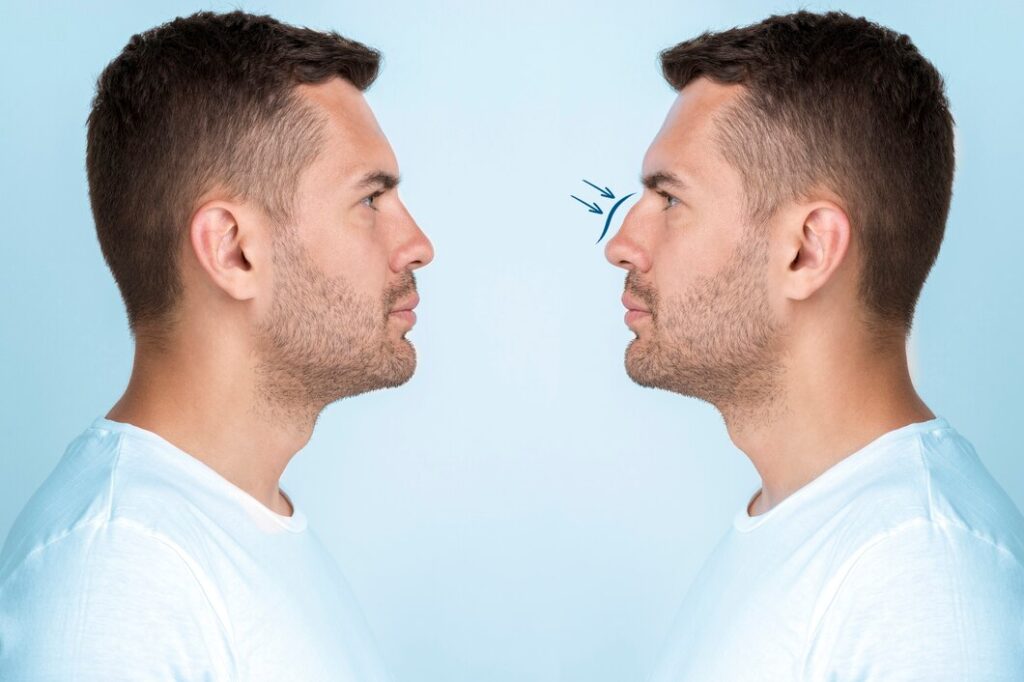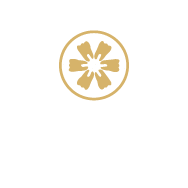Surgical Procedures
FAQs
Rhinoplasty at Creative Arts Aesthetic works to reshape features, where this surgery addresses several issues, including:
- Correcting a nose that appears too large, upturned, deviated, or drooping.
- Correcting a deviated septum.
- Repairing nostrils that are too large, too small, too wide, or slanted upwards.
- Getting rid of depressions, cartilage, or noticeable bones on your nose bridge.
- Making the nose smaller or larger to achieve facial balance.
- Opening blocked nasal passages.
Of course, like any surgical procedure, rhinoplasty carries risks and benefits, among the common risks of rhinoplasty are some that are acute, and some that are delayed, including:
- Bleeding
- Swelling
- Temporary swelling
- Rare cases may cause breathing problems or structural deformities
Recovering from rhinoplasty is a lengthy and exhausting process, as full recovery may take several weeks. Doctors at Creative Arts Aesthetic advise patients to avoid strenuous physical activities and avoid putting pressure on the nose during the recovery period, in addition to using a number of medications and adhering to instructions for a period of at least 6 weeks to 3 months.

Rhinoplasty is a surgical procedure aimed at altering the shape of the nose and improving its function. This procedure is among the most common cosmetic surgeries overall and particularly at Creative Arts Aesthetic, where many people resort to it to achieve a nose appearance that suits their facial features or to correct breathing problems. Rhinoplasty is a precise surgical procedure that requires high expertise and skill from the surgeon to ensure good results and avoid complications.
1. Conditions Requiring Rhinoplasty
At Creative Arts Aesthetic, we discuss the cases that people often resort to rhinoplasty for, including:
- Correcting a deviated nose
- Reducing nose size
- Reshaping the nose
- Correcting congenital nasal defects, such as nasal deviation or enlargement
- Some may undergo rhinoplasty to improve facial harmony and achieve a more balanced nose appearance with the rest of the facial features.

2. Different Surgical Approaches to Rhinoplasty
There are two main types of rhinoplasty procedures:
- Open: Open rhinoplasty is a procedure to reshape the major nose. Your surgeon will make incisions to separate your nose skin from the bone and cartilage completely, and it is the most common.
- Closed: Closed rhinoplasty is a corrective procedure for a smaller nose, where your surgeon makes incisions inside the nose to separate the skin from the bone and cartilage for reshaping.
- Non-surgical nose correction with fillers, where fillers are injected in certain areas to correct the desired condition.
- Functional nose surgery: Restoring functional shape of the nose after illness, cancer treatments, or trauma injuries, where this type of reconstructive surgery can also be used to correct congenital defects and deviated septum.


